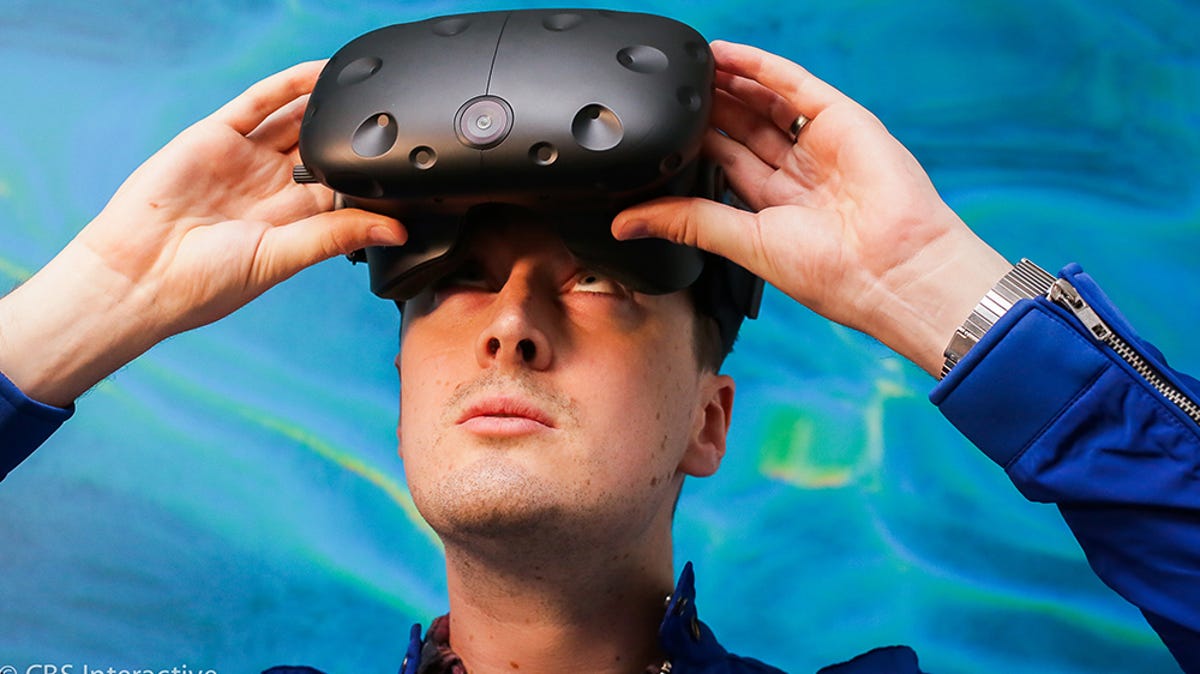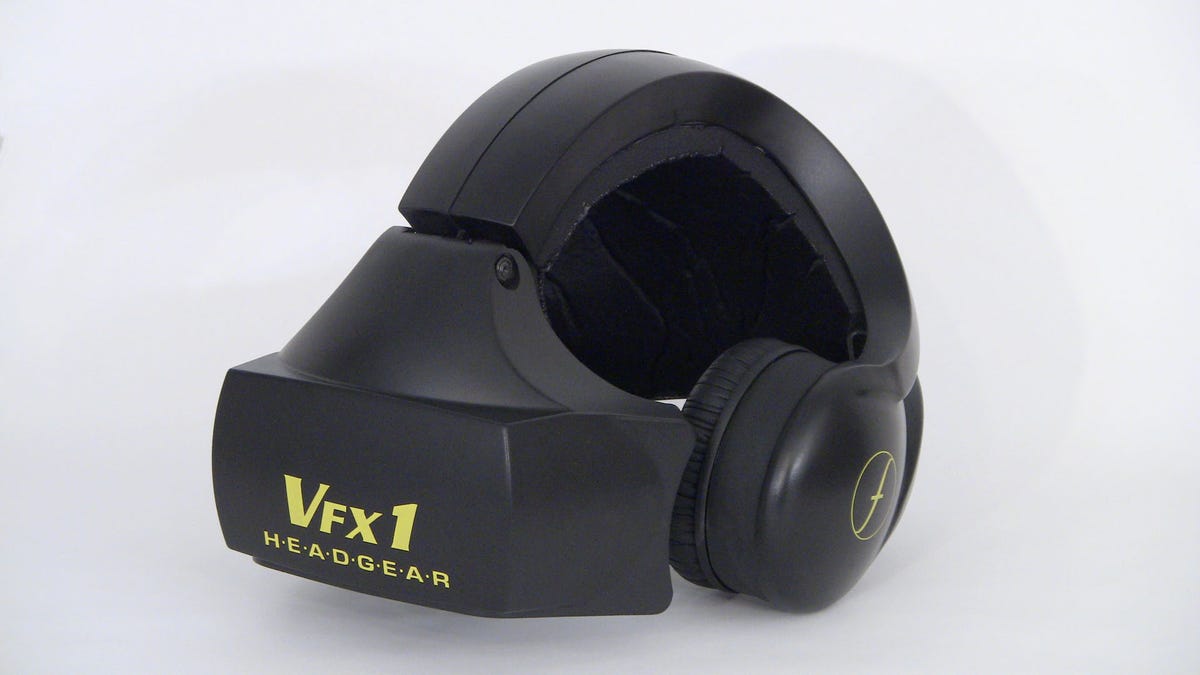
Virtual Reality Devices
It looks like 2016 is the year that virtual reality finally comes into your home, making you instantly cool and handsome. But it's not the first time we've tried to get the VR ball rolling. Here's just a few of the many attempts over the years.
The Sword of Damocles
Arguably the first attempt at a virtual reality head-mounted display, the Sword of Damocles was so named because it actually did dangle from the roof to sit over your head.
It was developed back in the late 1960s by Ivan Sutherland as he worked towards "the ultimate display".
Cyberface
The amazingly named Cyberface from LEEP VR came out 1989, on the back of the original LEEP Viewer. LEEP, of course, stands for Large Expanse Extra Perspective and there would go on to be three different Cyberface models. Say it with me: Cyberface.
Feathermount Chest Counterpoise
The original Cyberface had a flat panel that was actually designed to be worn around the chest. Called the Feathermount Chest Counterpoise (again with the amazing names) it held cables and also counter-balanced the weight distribution of the headset.
Cyberface 2
The next generation had 385x119-pixel (count 'em) resolution LCD panels, with RGB and composite cables.
Cyberface 3
By the 1990s the chestpiece was gone and a gimballed desk mount held the majority of the weight. The resolution was up to 720x240 pixels and, in the words of LEEP VR, it offered "twice the clarity of any VR display sold for under $100,000".
VPL Research Eyephone
Yes, it was really called the Eyephone. Founded in 1984 by Jaron Lanier, VPL Research was ahead of its time when it came to pushing virtual reality tech. The Eyephone (still hilarious) was just the head-mounted display part of the equation.
VPL Data Glove
It was joined by the Data Glove, which began life as a simple PC input, before being leveraged as a way of interacting with virtual environments.

Forte VFX-1
The VFX-1. released in 1995, had the advantage of being a PC peripheral, supporting games like Descent and Doom. It was a headset with dual 0.7-inch 263x230-pixel LCD displays, built-in headphones, head tracking and even a proprietary controller. I've also worn it and can tell you it was shockingly uncomfortable.
Sega VR
Shown off at the Winter CES (when such a thing existed) back in 1993, the Sega VR console system sadly never made it past prototype, even though four games were developed for it. The (probably apocryphal) story is that Sega canned it for being too realistic...
Virtual Boy
Combining all the joy of a tripod with none of the simplicity of a head-mounted display, Nintendo's Virtual Boy was launched in 1995 and discontinued that very same year, deemed a commercial failure.
Victormaxx Cybermaxx
It was 1994 when the Cybermaxx by Victormaxx hit the market with PC support and two 0.7-inch eyepieces with 505x230 resolution. Just a year later, the Cybermaxx 2 was wowing crowds at the Electronic Entertainment Expo (E3) with a higher resolution and support for VCR and Console, not just PC.
Atari Jaguar VR
Remember the Atari Jaguar console? Of course you don't, which is why you don't remember the Jaguar VR headset accessory. It was developed with Virtuality, the makers of arcade VR systems. It wasn't a massive success and according to rumours, just two prototypes exist today. The one picture here was listed on eBay for over $14,000.
Philips Scuba RV
Termed a "virtual immersion visor" the Scuba went on sale in 1997 for $299. Offering "full vivid color and dynamic stereo sound" it also used your PC mouse port to simulate head tracking. There's a full unboxing vid from just five years ago which is a real treat!

